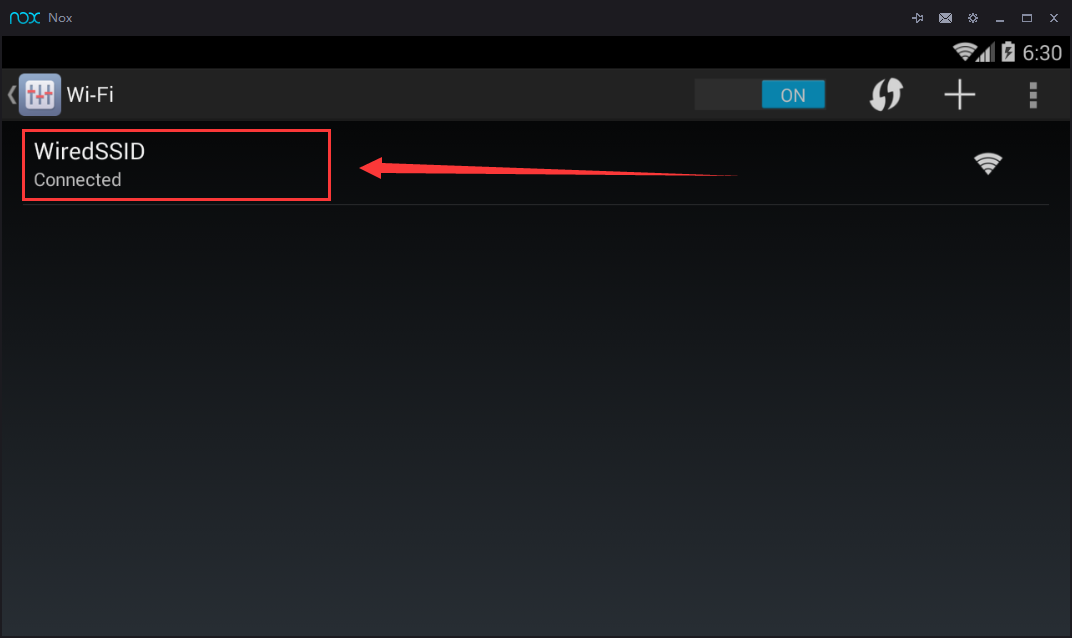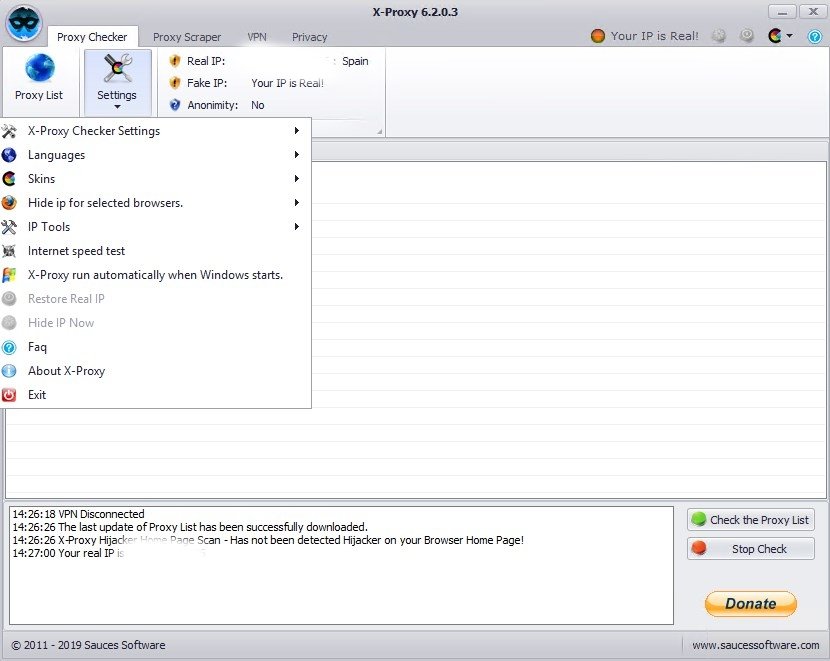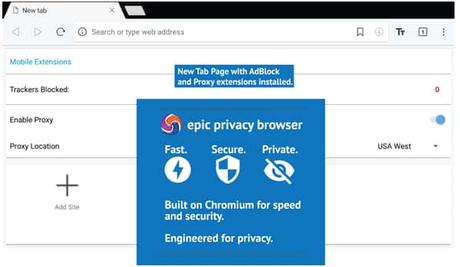
Proxies are an intermediary server separating end-user clients from the destinations that they browse. A proxy server is any machine that translates traffic between networks or protocols. Speaking of downloads, the wget tool even supports downloads through HTTP proxies. Not to mention the tool is non-interactive and runs independently in the background, meaning it does not matter if you are actively logged on while downloads occur. Wget is versatile, which is another reason it became so popular, it can work for scripts, terminals, and cron jobs. Afterward, the retrieved data is saved in a directory structure mirroring the remote server, thus creating a clone of webpages via HTTP. It repeats this process until all content downloads or a specified recursion depth by the user is obtained. The tool also works as a web crawler by scraping linked resources from HTML pages and downloading them in sequence. And repeats this process until the whole file is successfully retrieved.

So if a download stops before completion due to a network error, wget automatically continues the same download from where it left off. Wget is designed to be effectively reliable over slow or unstable network connections. It supports HTTP, HTTPS, and FTP protocols. Wget is a GNU command-line utility tool primarily used to download content from the internet. Still having trouble? Here is an additional video that shows how to install wget on Windows 10.


Copy the wget.exe file into your C:\Windows\System32 folder.Download wget for Windows and install the package.To install and configure wget for Windows: You can check for successful installation by rerunning the previous command to view its current version.


 0 kommentar(er)
0 kommentar(er)
